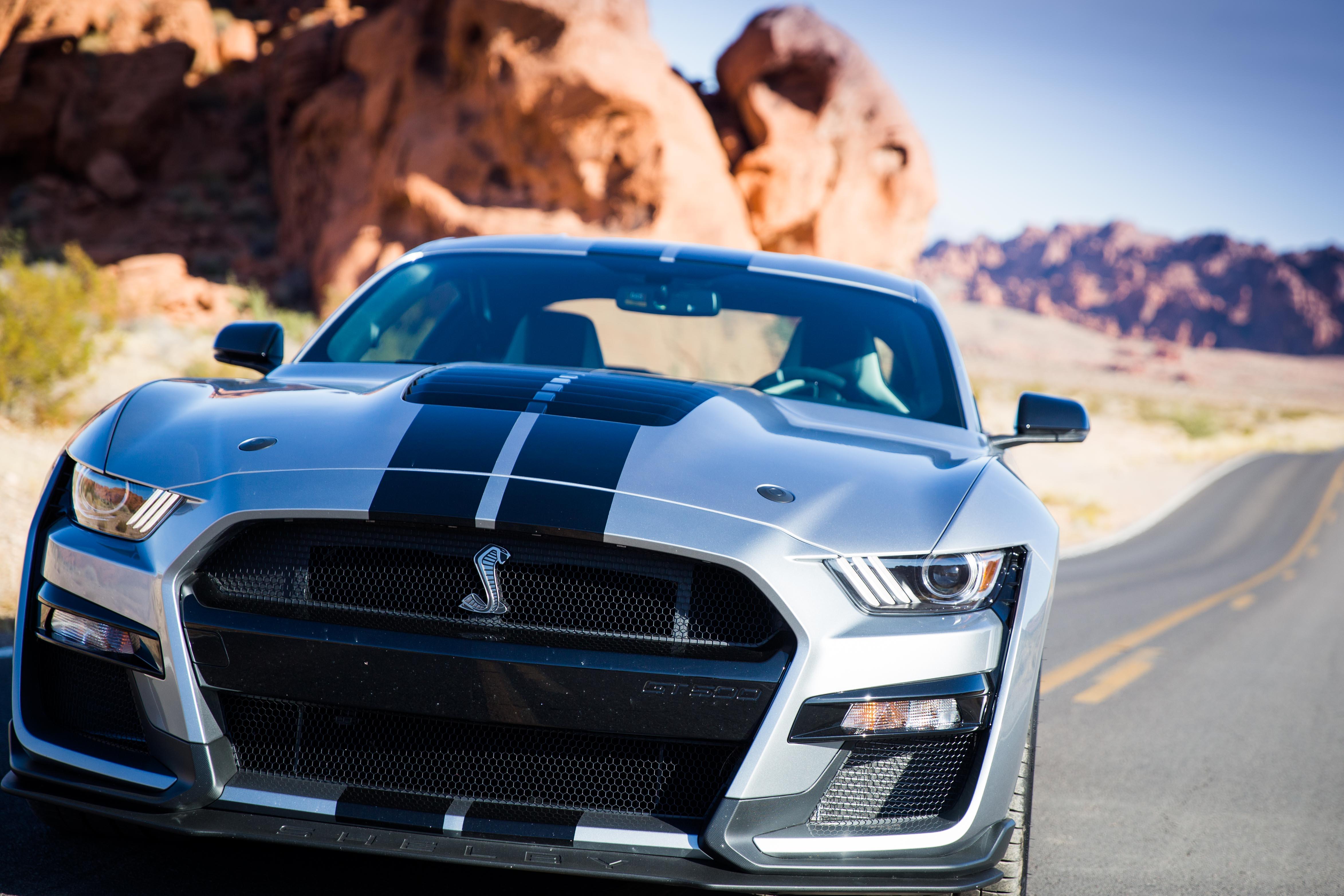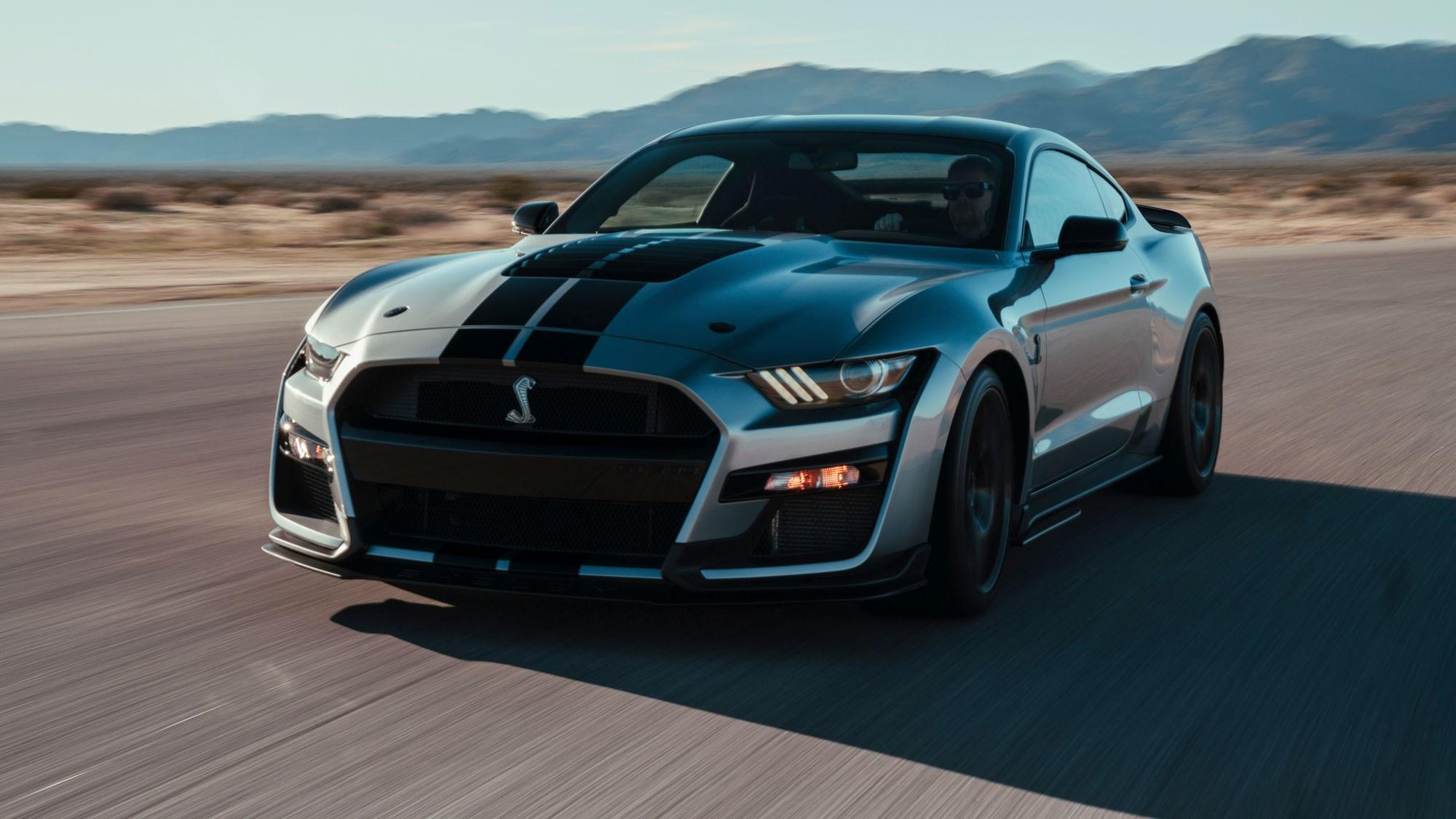Table of Contents
- Exploring the Iconic Presence of the Shelby Mustang in Film
- Defining Characteristics that Make the Shelby Mustang a Cinematic Star
- Memorable Movie Moments Featuring the Legendary Shelby Mustang
- Behind the Scenes: The Role of Shelby Mustangs in Film Production
- Why the Shelby Mustang Continues to Captivate Audiences on Screen
- Q&A
- Wrapping Up
Exploring the Iconic Presence of the Shelby Mustang in Film
The Shelby Mustang has carved out a legendary reputation not only on the streets but also within the cinematic universe. Its fierce design and raw power have made it a popular choice among filmmakers aiming to elevate the adrenaline factor in their films. The appeal of the Shelby Mustang comes from its combination of classic American muscle and contemporary car engineering. Iconic movies featuring this remarkable vehicle have helped solidify its standing as an emblem of speed and rebellion in popular culture. Here are some films where the Shelby Mustang truly stood out:
- Gone in 60 Seconds (2000) – The film showcased the infamous 1967 Shelby GT500, famously named “Eleanor,” setting a new benchmark for car chases.
- Ford v Ferrari (2019) - This biopic dives deep into the rivalry between Ford and Ferrari, with the Shelby Mustang taking center stage as a symbol of innovation and determination.
- Need for Speed (2014) – Featuring a modified Shelby GT500, this film blends street racing culture with high-octane action sequences.
The impact of the Shelby Mustang on cinema extends beyond just showcasing power. It encapsulates themes of freedom, defiance, and the pursuit of the American Dream. Characters behind the wheel of these magnificent machines are often portrayed as anti-heroes or rebellious spirits, further enhancing the car’s reputation as a symbol of individuality. Each appearance in film adds layers to its allure, contributing to the mystique that surrounds the Shelby Mustang. This iconic vehicle continues to defy boundaries, not just in racing circuits, but also in the hearts of movie lovers everywhere.


Defining Characteristics that Make the Shelby Mustang a Cinematic Star
The Shelby Mustang has repeatedly captured the imagination of filmmakers and audiences alike, standing out not just as a vehicle but as a character in its own right. One defining characteristic is its iconic design. The unmistakable sleek lines, aggressive front grille, and signature racing stripes create an aura of excitement that translates beautifully to the screen. This striking aesthetic allows it to embody the spirit of freedom and rebellion, making it a perfect fit for films that celebrate youth and adventure.
Another significant factor is the legendary performance associated with the Shelby name. Known for its raw horsepower and unparalleled handling, the Mustang often becomes the vehicle of choice for high-octane chase scenes and thrilling race sequences. Its roaring engine can amplify tension and elevate the stakes in pivotal moments, drawing viewers into the action. Car enthusiasts appreciate how the film’s portrayal highlights not only the car’s capabilities but also the visceral thrill of driving a Shelby Mustang.
the cultural symbolism attached to the Shelby Mustang enhances its cinematic appeal. It is often depicted as a representation of American automotive engineering and the spirit of the open road. The Mustang’s appearance in films like Gone in 60 Seconds or Ford v Ferrari speaks to its legacy as an icon of performance and style. This connection to historical events and cultural narratives adds depth to its presence on-screen, allowing it to resonate deeply with audiences and solidifying its status as a true cinematic star.


Memorable Movie Moments Featuring the Legendary Shelby Mustang
One of the most iconic representations of the Shelby Mustang in cinema can be seen in “Gone in 60 Seconds.” This high-octane film not only showcases the beauty and power of the Shelby GT500, popularly known as Eleanor, but also places it front and center in a heart-pounding heist narrative. The car’s sleek lines and roaring engine serve as a stunning backdrop for the film’s chase scenes, making Eleanor a character in her own right, beloved by both car enthusiasts and casual viewers alike.
Another unforgettable moment occurs in “Ford v Ferrari.” This film pays homage to the rich history of Ford and its rivalry with Ferrari during the 1960s. The Shelby Mustang plays a vital role, representing the muscle and innovation that defined this era of racing. Viewers are treated to intense racing scenes that capture the thrilling spirit of competition, with the Mustang’s presence highlighting its legacy of speed and performance on the track, leaving moviegoers on the edge of their seats.
Moreover, the Shelby Mustang makes a memorable appearance in “The Fast and the Furious” franchise. In these films, customization and adrenaline-fueled races are the norm, and the Shelby acts as a symbol of power and rebellion. With its impressive modifications and gripping sequences, it serves as an inspiration for aspiring racers and showcases the cultural impact the Mustang has had throughout automotive history.
| Movie Title | Year Released | Notable Feature |
|---|---|---|
| “Gone in 60 Seconds” | 2000 | Eleanor – the iconic GT500 |
| “Ford v Ferrari” | 2019 | Showcasing racing heritage |
| “The Fast and the Furious” | 2001 | Custom-built Shelby Mustang |


Behind the Scenes: The Role of Shelby Mustangs in Film Production
The Shelby Mustang has carved a niche for itself in the world of cinema, often becoming an iconic character that enhances the storyline and visual appeal of films. Its sleek design and powerful presence on screen make it a popular choice among filmmakers. From high-speed chases to dramatic moments, these cars have a way of capturing the essence of the narrative. Notably, they add depth to the characters driving them, symbolizing freedom, rebellion, and adventure.
Some of the most memorable appearances of Shelby Mustangs in film include:
- Gone in 60 Seconds (1974) - Featuring the legendary GT500, the film is a classic testament to the car’s allure.
- Ford v Ferrari (2019) – This dramatic retelling of the rivalry between Ford and Ferrari showcased the Mustang’s engineering excellence.
- Need for Speed (2014) – The film revitalized interest in the Mustang as it sped through gripping action sequences.
Filmmakers often use Shelby Mustangs not just for their aesthetic appeal but also for their cultural significance. These vehicles embody the spirit of the American muscle car movement, carrying with them a legacy of power and performance. In creating narratives around them, directors are able to tap into the car’s storied history, linking it with themes of innovation and defiance. This relationship between the car and cinematic storytelling continues to evolve, ensuring that the Shelby Mustang remains a beloved figure both on the roads and on the silver screen.


Why the Shelby Mustang Continues to Captivate Audiences on Screen
The Shelby Mustang, with its striking design and raw power, sparks a visceral connection with car enthusiasts and casual viewers alike. This iconic vehicle is not just a mode of transportation; it symbolizes freedom, rebellion, and the golden age of American muscle cars. When it roars onto the screen, whether in high-octane chase scenes or as a backdrop in a poignant moment, it effortlessly draws viewers into its world. Its sleek lines and throaty growl have become synonymous with cinematic excitement, forming a lasting impression that goes beyond the film itself.
Iconic films have utilized the Shelby Mustang to enhance storytelling, making it a crucial element in shaping character arcs and dramatic tension. With a storied past on both the racetrack and the silver screen, it has appeared in movies known for their action-packed sequences as well as those exploring deeper themes. The following elements contribute to its lasting appeal:
- Heritage: The Mustang’s history enriches its presence, often evoking nostalgia.
- Power: The raw horsepower it represents is synonymous with its drivers’ rebellious spirit.
- Design: Its classic aesthetics combined with modern updates capture the essence of style and performance.
Moreover, the interaction between characters and the Shelby Mustang in films often reflects larger narratives about ambition and desire. This vehicle isn’t just a backdrop; it becomes a pivotal character in its own right, influencing plotlines and character decisions. For instance, many action films use the Mustang to symbolize a turning point, highlighting themes of risk and liberation. The presence of the Shelby Mustang in cinema continues to transcend demographics, making it a beloved icon across generations.
Q&A
Q&A on the Shelby Mustang in Movies
Q1: What is the significance of the Shelby Mustang in film history? A1: The Shelby Mustang embodies a spirit of rebellion and performance that resonates deeply within car culture and cinema. Its appearances in iconic films have solidified its status as a symbol of American muscle. From its exhilarating chase scenes to its stunning design, the Shelby Mustang has become synonymous with high-octane thrills and nostalgia, making it a recurring character in various films.Q2: Which movies prominently feature the Shelby Mustang? A2: One of the most famous films featuring a Shelby Mustang is ”Gone in 60 Seconds” (2000), where Nicolas Cage famously drives a 1967 Shelby GT500 named ”Eleanor.” Another notable film is “Ford v Ferrari” (2019), where the classic model plays an essential role in the narrative around the legendary rivalry of Ford and Ferrari in the 1966 Le Mans race. These films, among others, showcase the Mustang’s legacy and its ties to speed and excitement.
Q3: How does the Shelby Mustang contribute to the storytelling in these films? A3: The Shelby Mustang often serves as more than just a vehicle; it enhances the narrative by symbolizing freedom, determination, and power. In “Gone in 60 Seconds,” Eleanor represents an unattainable goal and the lengths one will go to achieve it, while in ”Ford v Ferrari,” the Mustang embodies innovation and the spirit of competition. Its sleek design and performance capabilities complement the characters’ journeys, making it an integral part of the storytelling.
Q4: Are there any notable chase scenes featuring the Shelby Mustang? A4: Absolutely! The infamous chase scene in “Gone in 60 Seconds” is legendary, showcasing Eleanor racing through the streets in a thrilling display of speed and agility. These adrenaline-pumping moments not only highlight the Mustang’s capabilities but also captivate the audience with their cinematic tension. Other films, like “Bullitt” (1968), featuring Steve McQueen, also include iconic car chases that have defined the genre.
Q5: What impact has the Shelby Mustang had on audiences and fans? A5: The presence of the Shelby Mustang in movies has created a passionate fanbase that appreciates its engineering marvel and historical significance. For many car enthusiasts, seeing a Shelby in action evokes feelings of nostalgia and awe. It also influences aspiring car owners and budding gearheads, igniting a love for classic American muscle cars and contributing to the Mustang’s enduring legacy in popular culture.
Q6: Can you expect to see more Shelby Mustangs in future films? A6: Given the continuing popularity of muscle cars and the nostalgic appeal of the Shelby Mustang, it’s highly likely that it will make appearances in future productions. With car culture remaining a vital part of storytelling in film, filmmakers will undoubtedly recognize its iconic status and the excitement it brings to the screen.
By answering these questions, the article aims to deepen your understanding of how the Shelby Mustang not only made its mark on film but also captivated audiences and defined a genre.




0 Comments